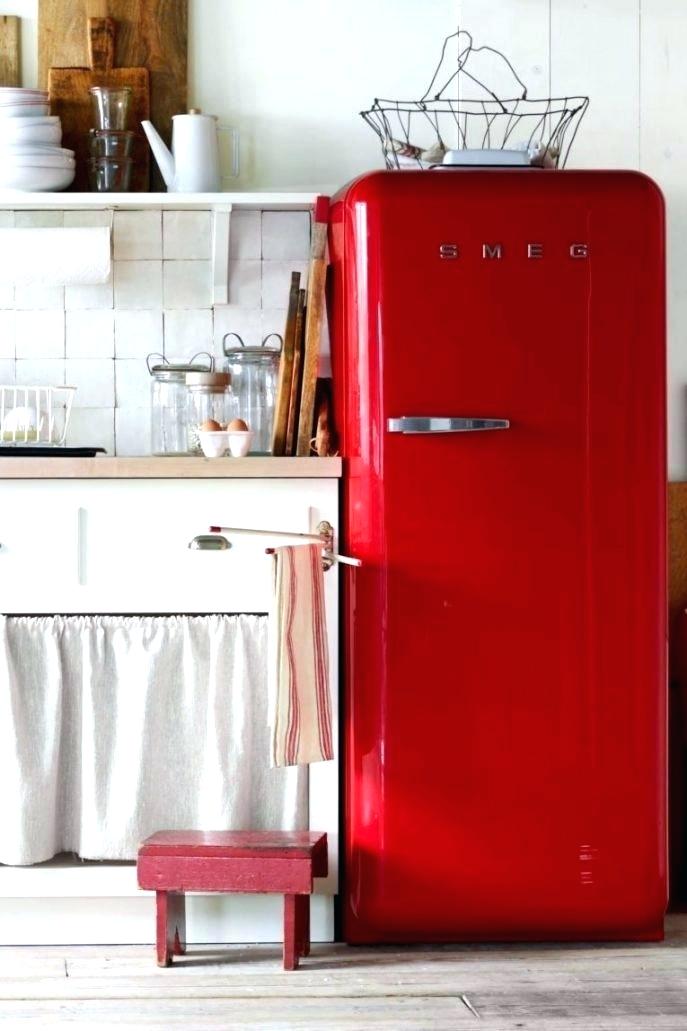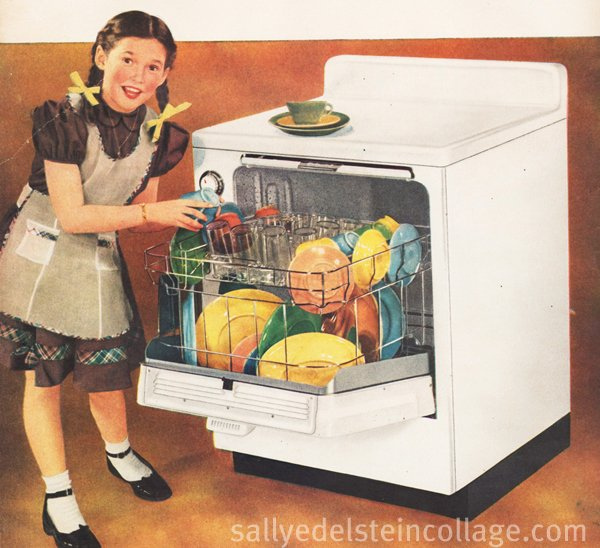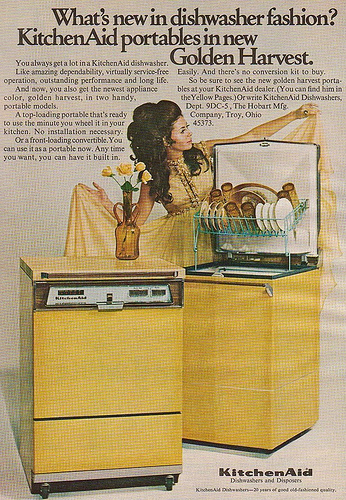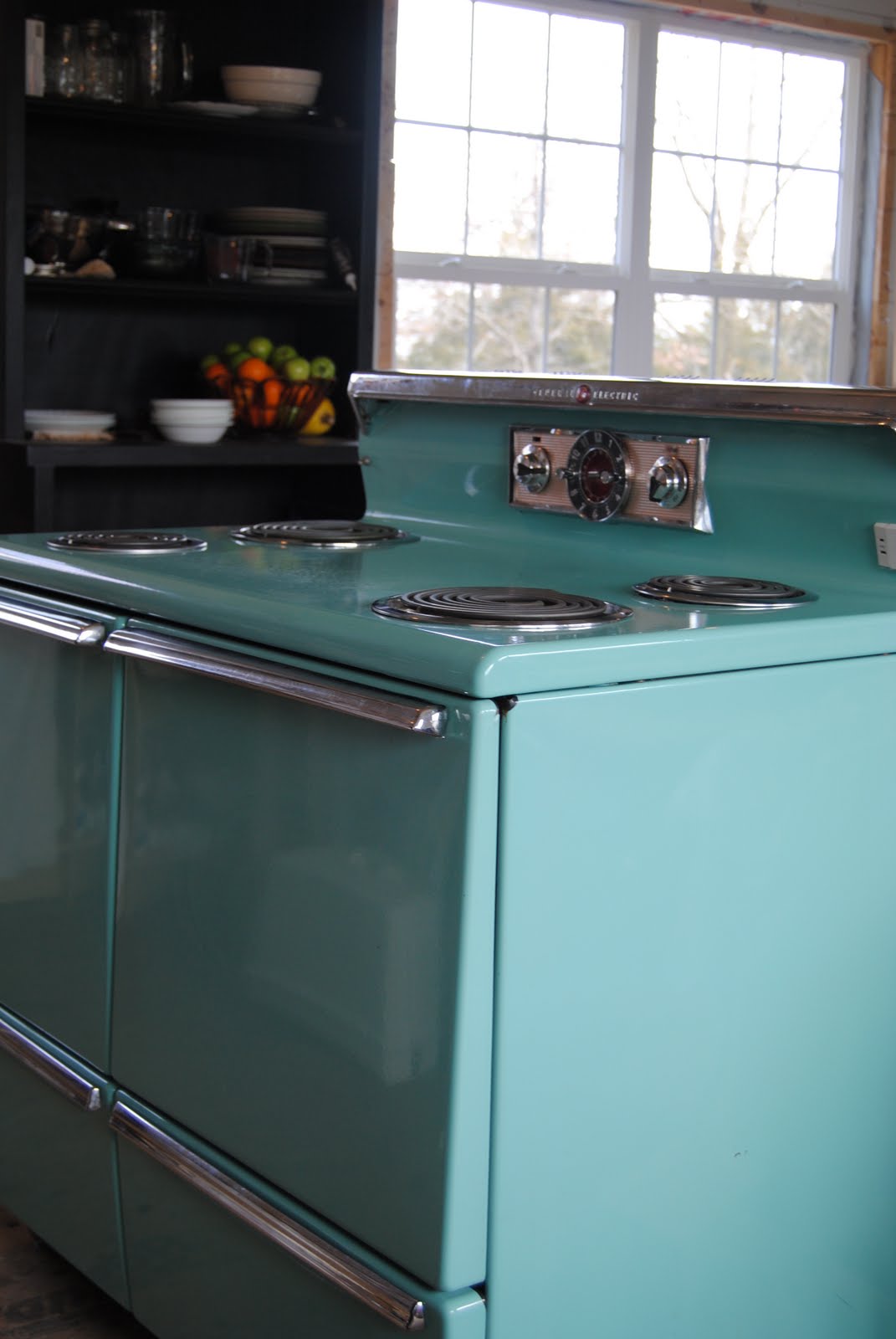Tips to Make Kitchen Appliances Last for Years and Years!
Have you ever heard someone (or yourself) say, “They sure don’t make things like they used to!”?
Usually people are referring to good, solid wood furniture which has for the most part been replaced with cheap particle board, covered in a wood-ish film on top. Or sometimes they are referring to appliances, whether it be a washing machine, refrigerator, dishwasher, you name it.
With appliances I don’t know whether it is that they don’t make them last like they used to or if people get the new, latest and greatest appliances with cool, new technology like they do new iPhones, but it seems people only make it only 5 to 10 years for big appliances these days.
Here are some ways to help those kitchen appliances last and work in tip-top shape for as long as they can.
REFRIGERATOR

MAKE-IT-LAST HABIT:
Condenser coils--the large, radiator-like element at the back of or under the appliance--remove heat from your refrigerator and freezer. When dust and dirt stick to the coils, the machine can’t shed heat as efficiently, which can mean higher utility bills and costly repairs. Check the owner’s manual to see how often to clean the coils; use your vacuum’s brush attachment.
TROUBLESHOOTING:
If your refrigerator sounds like it’s straining, make sure the condenser coils are clean, there’s at least one inch between the fridge and the wall for adequate air flow, and the gasket (door seal) is not dry or cracking.
DISHWASHER

MAKE-IT-LAST HABIT:
Adhesives from jars of jelly or pasta sauce can clog the filter and hose. So can the oils and dirt from things like gardening and painting tools. And it mays sound obvious, but don’t put nondishwasher-safe items in the dishwasher--you could damage the item, yes, but you may also harm the machine.

TROUBLESHOOTING:
Use a dishwasher cleaner every 30 uses or so. The tablet’s ingredients break down mineral deposits and help dislodge food residue.
OVEN

MAKE-IT-LAST-HABIT:
Keep a baking sheet on the lower rack to catch spills. If food splatters, scrapeit off with a spatula after the oven cools. Coat big spills with salt while the mess is hot. The next morning, you’ll be able to scoop up the salt pile without breaking a sweat.
TROUBLESHOOTING:
Moisture buildup on the inside of the oven’s glass panel means the seal has been compromised. Check the owner’s manual to figure out what kind of replacement gasket to buy. The fix should take just minutes.
MICROWAVE
MAKE-IT-LAST HABIT:
Clean up spills as soon as they happen. Once a week, wipe down the door seal, frame, and control panel using a cloth dampened with all-purpose cleaner. Grime, grease, and food particles can gunk up the machine and shorten its life span.
TROUBLESHOOTING:
If your microwave is acting up, visit repairclinic.com to help diagnose the problem. Enter your model number in the Repair Help section of the site and look at the list of symptoms (buttons don’t work, turntable doesn’t rotate) to learn the most likely cause of the issue and how to fix it.
- www.tumblr.com
- www.cottagedreamers.blogspot.com
- www.weheartit.com
- www.realsimple.com
 Mary Richardson
Mary Richardson
Weekly Newsletter Contributor since 2014
Email the author! mary@dvo.com
